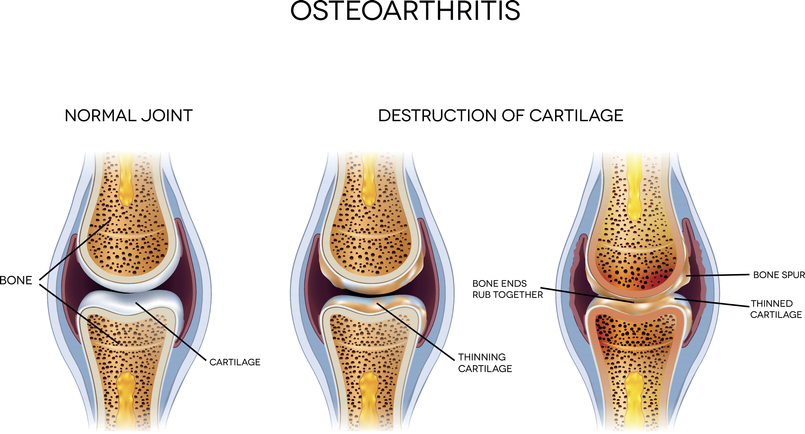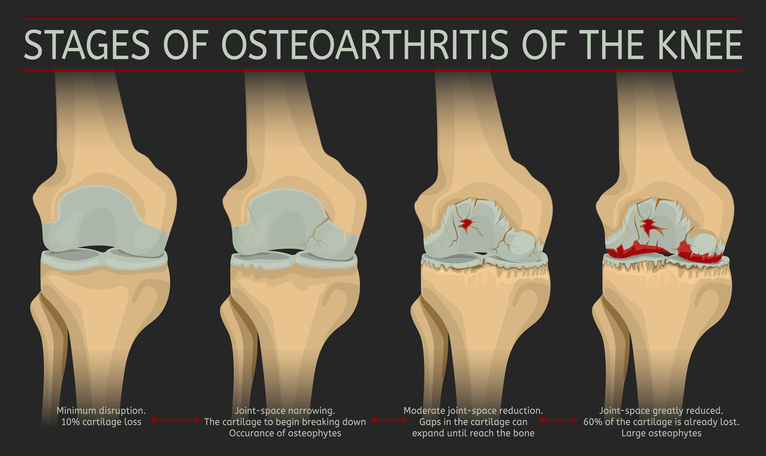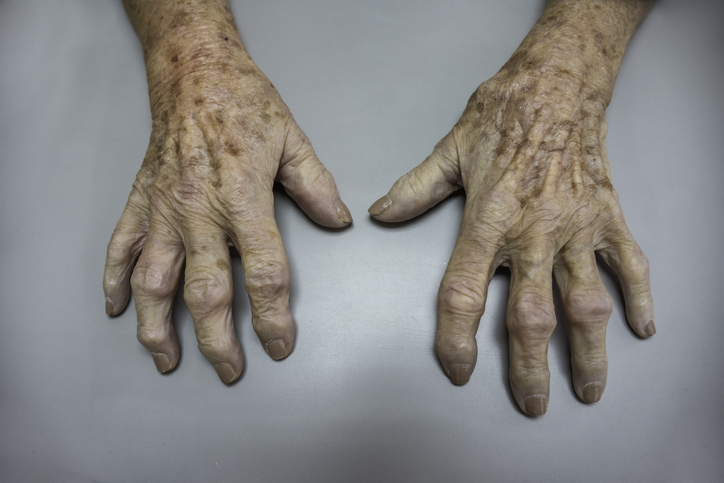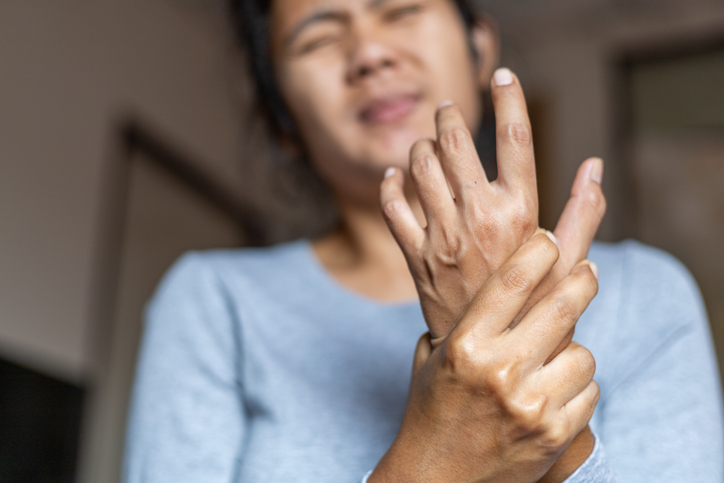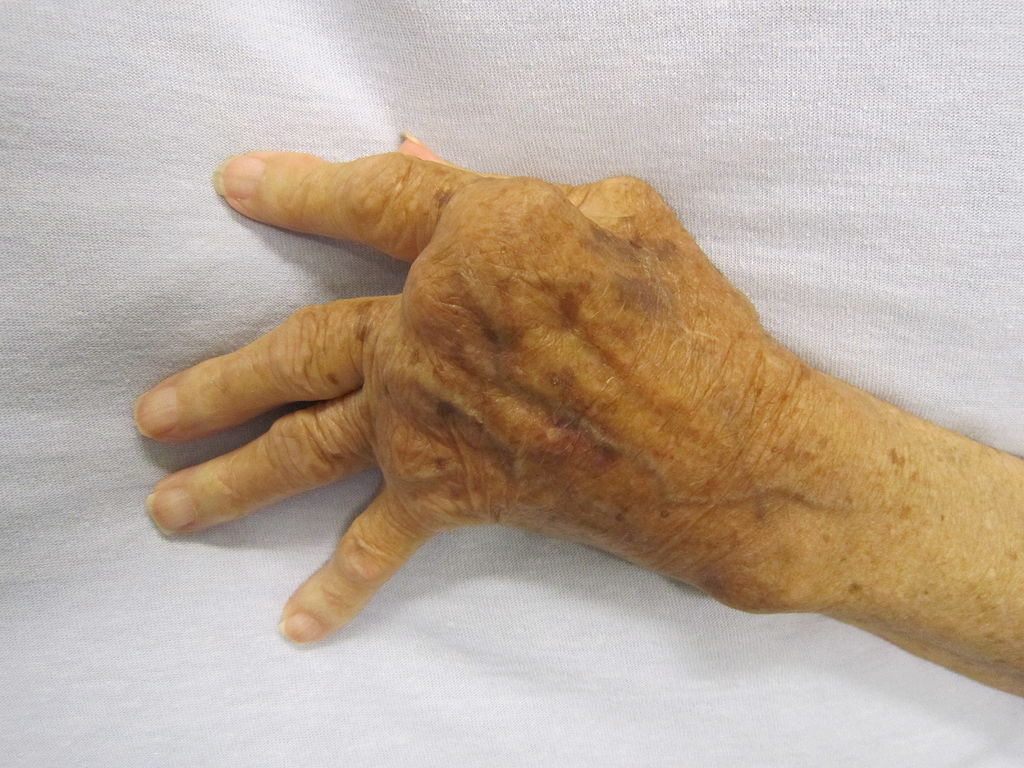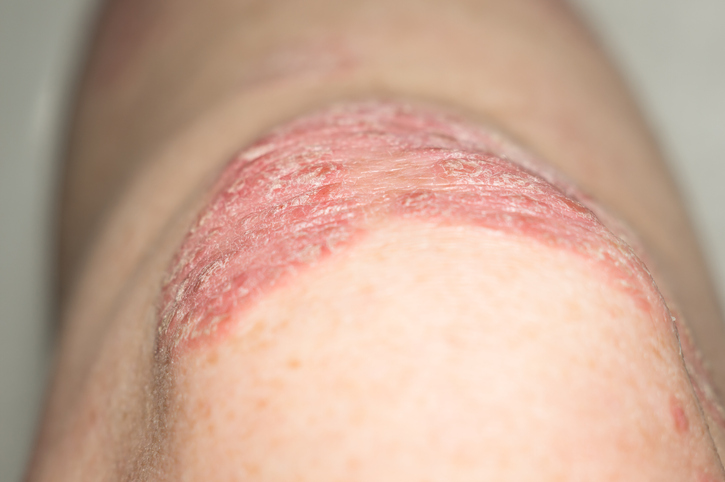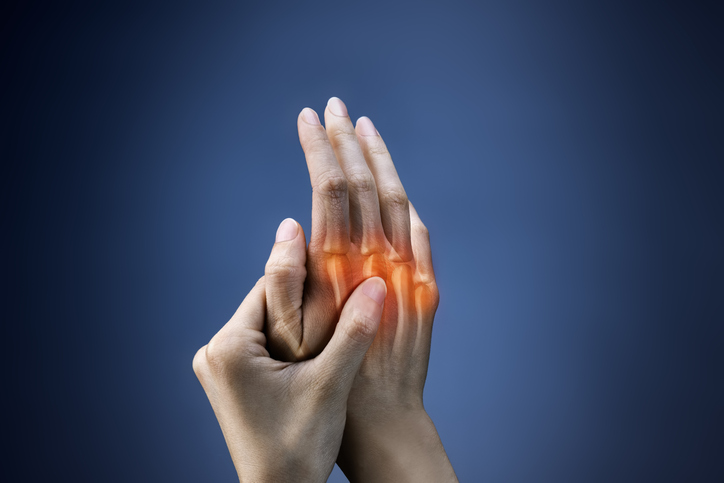Pain
Types of Osteoarthritis (OA)

What is osteoarthritis?
Osteoarthritis (OA) is the most common type of arthritis. It occurs when the cartilage between the bones in one or more joints deteriorates, which can cause bone spurs, joint inflammation, pain, and stiffness. There are two types of OA: primary and secondary. The symptoms and treatments of the two types are the same, but the causes are different.
Primary osteoarthritis
Primary osteoarthritis is more common than secondary arthritis. The cause of primary OA is unknown. However, it is associated with aging and tends to develop around age 55 to 60. Primary OA is more generalized than secondary OA and typically affects the fingers, thumb, spine, hips, knees, or big toes.
Secondary osteoarthritis
Secondary osteoarthritis has a specific cause, such as an injury or illness. An injury, such as a bone fracture, can eventually lead to the development of secondary OA in that specific joint. It can also be caused by other types of inflammatory arthritis, including rheumatoid arthritis, psoriatic arthritis, gout, or infectious arthritis. Genetic joint disorders such as Ehlers-Danlos syndrome can also lead to secondary OA.
Other risk factors for secondary osteoarthritis include obesity, inactivity and genetics. Excess weight puts pressure on the joints, which causes the cartilage to wear away at a faster rate. Inactivity can weaken muscles and tendons that are needed to keep the joints stable. Secondary OA is often diagnosed at an earlier age than primary OA, around 45 to 50.
While primary osteoarthritis and some causes of secondary osteoarthritis cannot be prevented, staying active and maintaining a healthy weight can reduce the risk of developing secondary OA.
